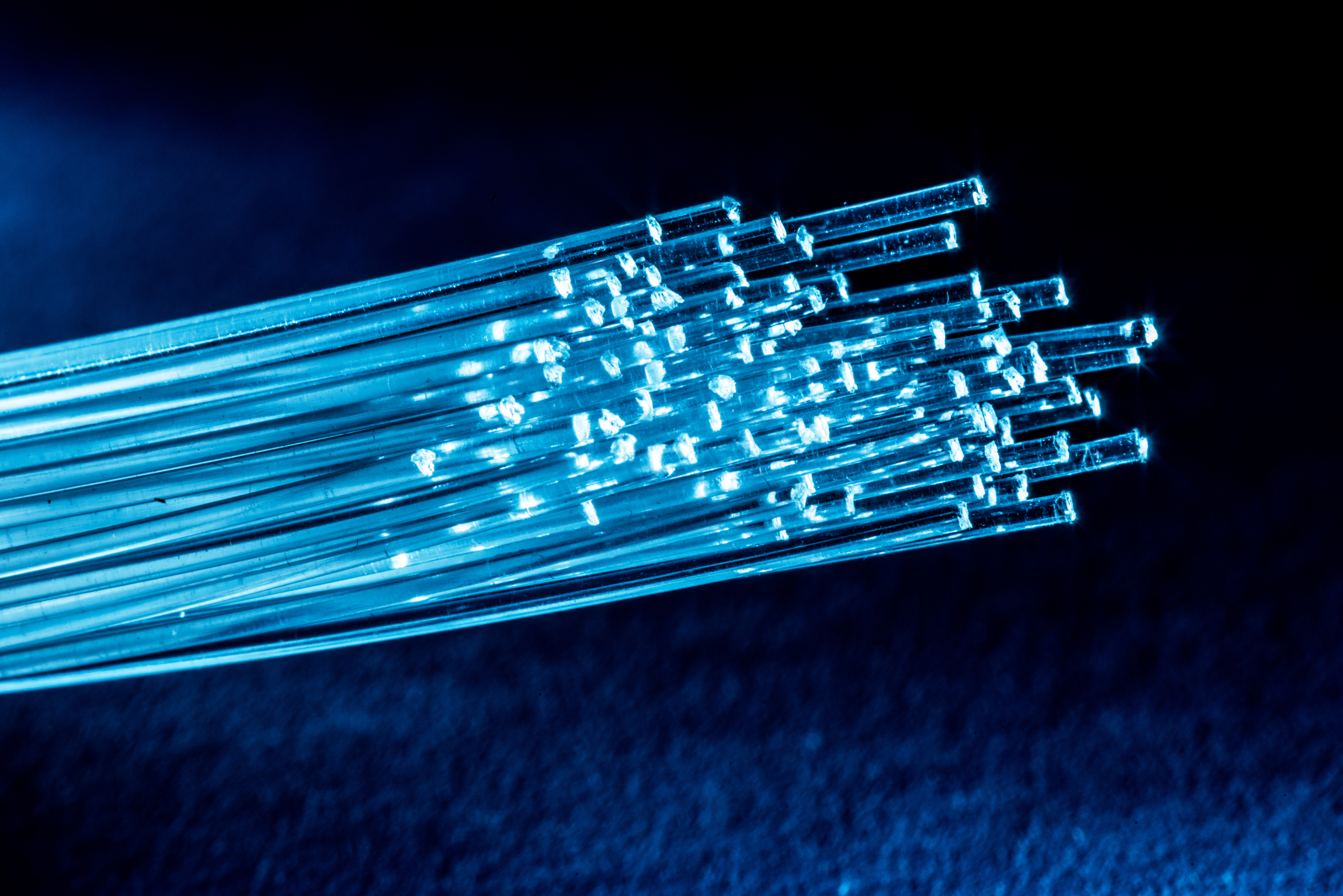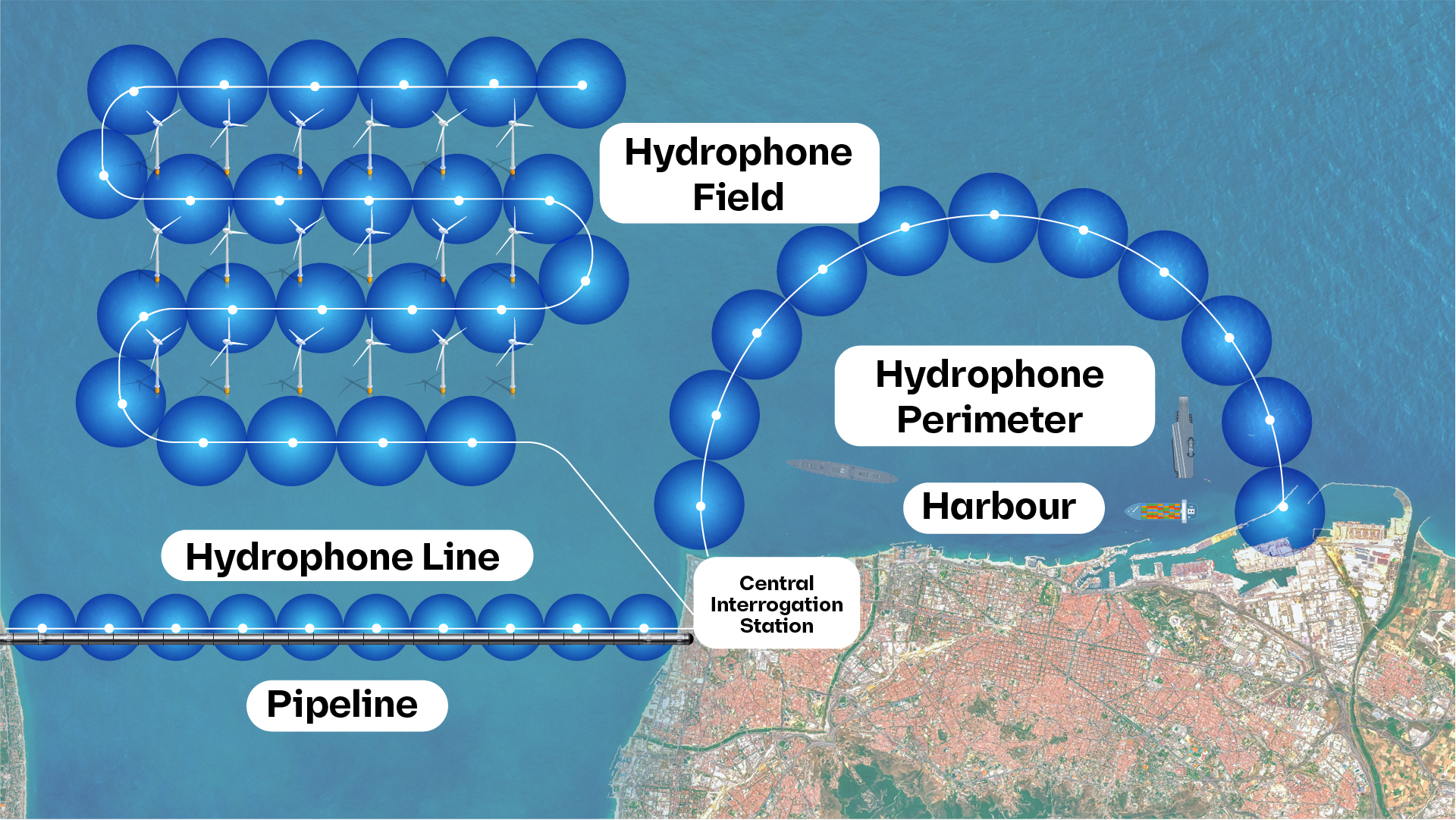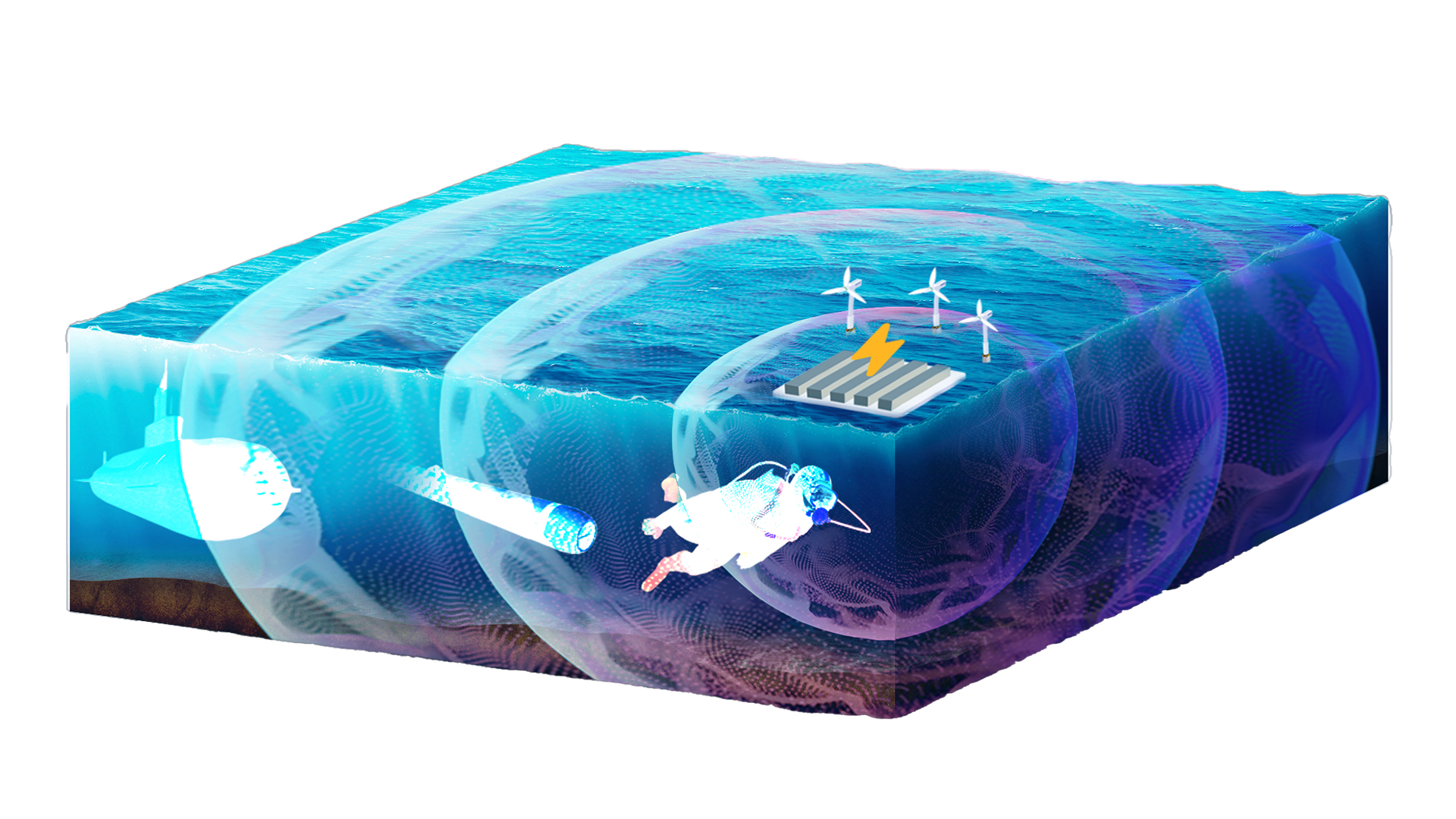EDF projects contribute to the protection of Critical Maritime Infrastructure

date: 23/03/2024
Enhancing European Maritime Security
In an evolving security landscape, bolstering the resilience of critical infrastructure is a top priority for the EU. A specific focus is on fortifying the resilience of undersea infrastructure, including internet and power cables, as well as gas pipelines. Protecting undersea infrastructure presents particular challenges due to remote, demanding environments, hindering efficient monitoring, maintenance, and timely responses to threats.
Fibreoptic-based hydrophones: advancing underwater surveillance technology
Fibreoptic sensing technology helps to address these challenges in collaboration with the European Defence Fund (EDF) projects CASSATA and SCUALE. While CASSATA strives to enhance technologies for covert multi-sensing platform systems, SCUALE focuses on replacing specific ceramics with advanced lead-free materials for military underwater acoustics applications.

Fibreoptic-based hydrophones enable the real-time monitoring of extensive areas with high sensitivity and bandwidth while remaining entirely passive and causing no electromagnetic interference, making them virtually undetectable. The potential applications are significant, facilitating the safeguarding of critical subsea infrastructure, offshore installations, and harbours, addressing the varied security needs of EU Member States.

The EU as an innovation leader in the field of maritime security
By spotlighting innovation, fostering collaboration, and promoting the adoption of cutting-edge technologies, the EDF plays a pivotal role in enhancing the resilience and protection of critical infrastructure, aligning with EU strategic goals. It exemplifies how technological advancements can contribute to ensuring that the EU remains a competitive edge regarding maritime security in the face of emerging threats.
